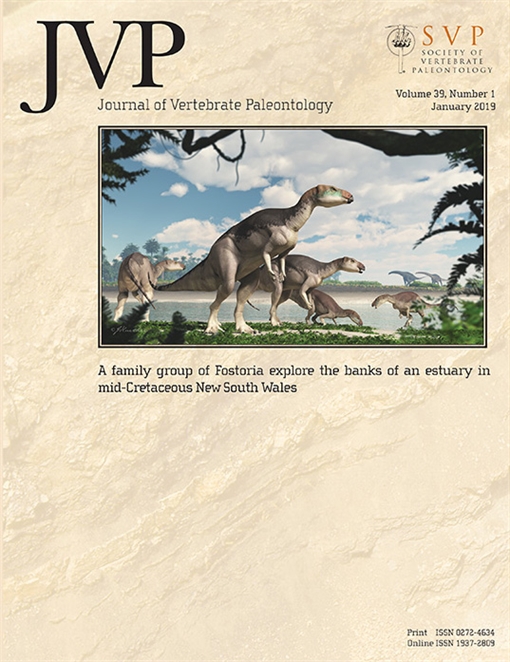The bristlebird family (Passeriformes, Dasyornithidae) constitutes one of the earliest branches in the oscine (songbird) tree. A new bristlebird, Dasyornis walterbolesi, sp. nov., is described from lower Miocene deposits of the Riversleigh World Heritage Area, Australia. This new species is based on a femur, a tibiotarsus, and a tarsometatarsus of one individual, the first known instance of associated passerine bones in the pre-Pleistocene record of Australia, as well as a distal part of a femur of a second individual. Dasyornis walterbolesi is smaller in size than the extant eastern bristlebird, D. brachypterus, and extends the known fossil record for Dasyornithidae by 18 million years. The new fossils considerably increase the geographic range of Dasyornithidae and indicate that the bristlebird family was once more widespread in Australia. A phylogenetic analysis of 91 morphological characters strongly supports the placement of the new fossil species in Dasyornithidae, although its intrafamilial relationships will only be better informed by discovery and study of additional material. Dasyornis walterbolesi meets five criteria for consideration as a well-justified fossil calibration and can be used to calibrate molecular estimates of the passerine evolutionary timescale.
How to translate text using browser tools
22 August 2019
A New Species of Bristlebird (Passeriformes, Dasyornithidae) from the Early Miocene of Australia
Jacqueline M. T. Nguyen
ACCESS THE FULL ARTICLE





